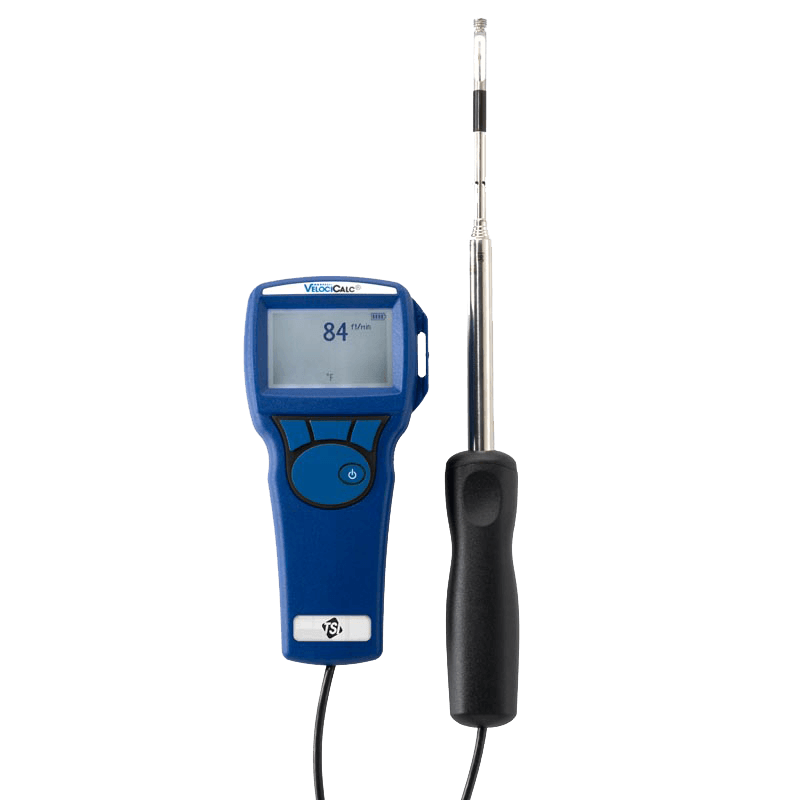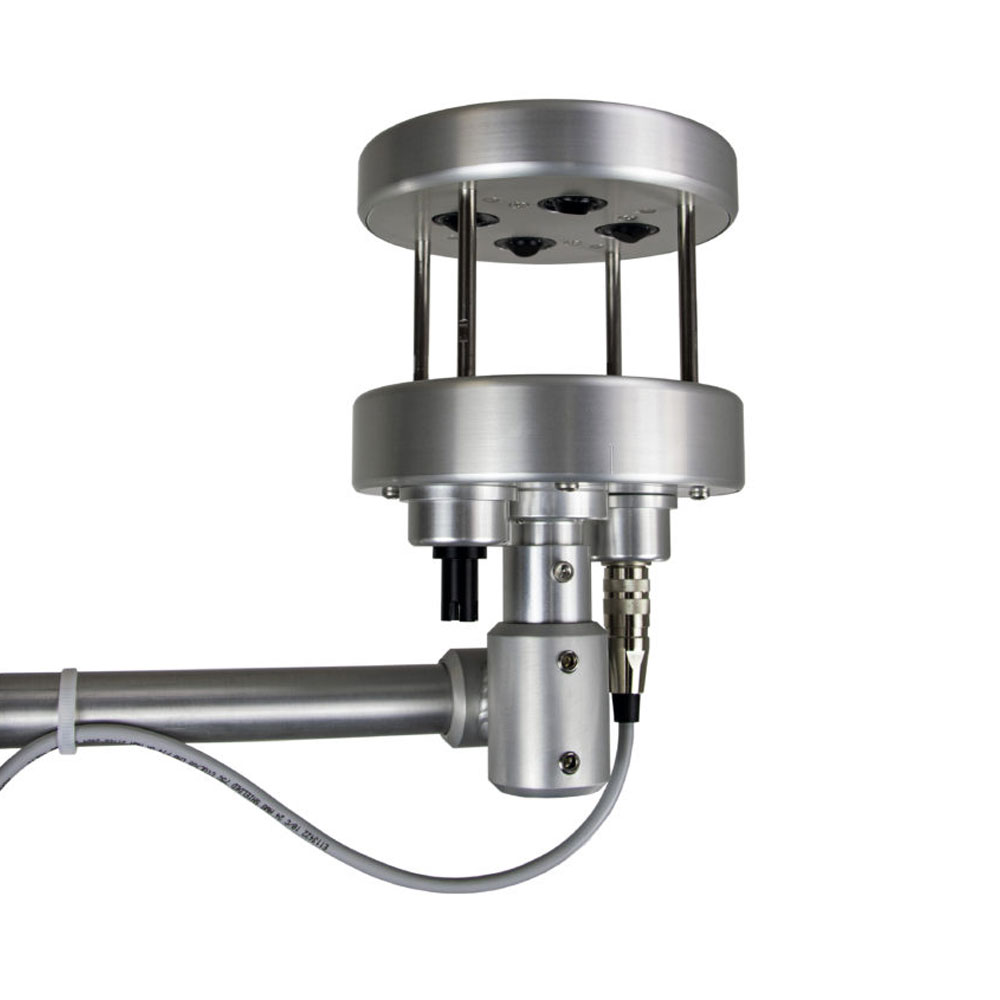Why an Anemometer is Crucial for Your Environmental Information Collection
Anemometers Revealed: Comprehending Their Relevance in Ecological Surveillance and Safety And Security Measures
The function of anemometers in ecological tracking and precaution is frequently ignored, yet their importance is indisputable. These instruments have a long history rooted in scientific inquiry and technical advancements, developing to come to be essential devices in different areas. From weather forecasting to aviation safety, anemometers play an important role in offering precise data that educates decision-making processes and improves general safety. Recognizing the details of anemometers reveals a world of essential understandings that are fundamental to our understanding of the setting and the procedures we take to make certain security.
History of Anemometers
The advancement of anemometers can be mapped back to the ancient civilizations where fundamental wind determining tools were very first made use of. One of the earliest well-known anemometers was the hemispherical cup anemometer designed by Leon Battista Alberti in the 15th century.
In the 18th century, the popular researcher John Thomas Romney Robinson presented the Robinson anemometer, which included 4 hemispherical mugs placed on horizontal arms that extended from a central axis. This design ended up being a criterion in atmospheric dimensions as a result of its accuracy and reliability. Throughout the years, innovations in modern technology led to the advancement of even more modern-day anemometers, consisting of ultrasonic anemometers and laser Doppler anemometers, offering enhanced precision and effectiveness in gauging wind speed and direction. The history of anemometers showcases an amazing journey of innovation and development in the area of weather forecasting.
Kinds of Anemometers
Throughout the field of meteorology, different kinds of anemometers have been established to properly gauge wind speed and direction. One of the most usual kind is the cup anemometer, which contains 3 or 4 mugs installed on horizontal arms that turn with the wind. As the mugs rotate, the speed at which they rotate is straight symmetrical to the wind speed. Another extensively made use of kind is the vane anemometer, which features a tail or fin that straightens itself with the wind direction. This placement enables the device to determine the wind instructions. Sonic anemometers use ultrasonic signals to gauge wind speed and instructions precisely. They are typically made use of in research study applications due to their high accuracy. Hot-wire anemometers run based on the concept that the cooling effect of wind on a warmed cord is proportional to the wind rate. These anemometers appropriate for determining reduced wind speeds with high precision. Each sort of anemometer has its toughness and is chosen based on the details demands of the monitoring job available.
Applications in Meteorology
Having gone over the numerous sorts of anemometers utilized in meteorology for gauging wind rate and direction, it is crucial to explore their sensible applications in the field. Anemometers play a critical role in meteorology by giving real-time and exact data on wind conditions (anemometer). Meteorologists use anemometers to check wind speed and instructions to forecast weather patterns, issue cautions for extreme climate occasions like typhoons, tornadoes, and tornados, and assess weather for air travel safety and security
In weather forecasting, anemometers help in understanding local and neighborhood wind patterns, which are essential for forecasting weather condition modifications and identifying climatic fads. These gadgets are likewise used in study to examine microclimates, urban warmth islands, and air contamination dispersion. In addition, anemometers are utilized in agriculture to maximize crop management techniques, such as irrigation and chemical application, based upon wind conditions.
Relevance in Aeronautics Security
An indispensable element of ensuring aeronautics safety hinges on the thorough tracking of wind conditions making use of anemometers. Anemometers play an important role in air travel by giving real-time data on wind speed and instructions, assisting pilots in making informed decisions during liftoff, trip, and landing. Uncertain and strong winds can significantly affect aircraft operations, making it vital for aeronautics authorities to rely upon exact wind measurements to make sure the safety of travelers and staff.

In the dynamic atmosphere of aeronautics, where also small changes in wind rate and instructions can have profound impacts, anemometers stand as essential devices for promoting safe and safe and secure flight.
Duty in Environmental Research
Exactly how do anemometers contribute to innovations Our site in environmental research study? Anemometers play a critical role in environmental research by providing vital information on wind rate and direction. This info is essential for comprehending numerous climatic processes, such as air pollution dispersion, climate patterns, and climate modification. By precisely gauging wind characteristics, anemometers assist researchers examine the activity of pollutants airborne, examine the influence of industrial exhausts, and predict the spread of contaminants in the setting.


Conclusion
In final thought, anemometers have played a vital role in environmental surveillance and precaution. With an abundant background and numerous kinds offered, these devices have actually been extensively utilized in meteorology, aviation safety, and environmental research. Comprehending the significance of anemometers is crucial for properly determining wind speed and instructions, which is important for predicting climate patterns, ensuring secure air travel operations, and carrying out environmental researches - anemometer. Their payments to these areas can not be ignored.
One of the earliest recognized anemometers was the hemispherical mug anemometer developed by Leon Battista Alberti in the 15th century. Over the years, developments in technology led to the growth of even more modern anemometers, consisting of ultrasonic anemometers and laser Doppler anemometers, providing enhanced accuracy and effectiveness in measuring wind rate and instructions. Hot-wire anemometers operate based on the concept that the cooling result of wind on a warmed cord is symmetrical to the wind rate. Meteorologists utilize anemometers to keep track of wind speed and direction i thought about this to anticipate weather patterns, concern warnings for serious climate events like tornados, hurricanes, and hurricanes, and evaluate climatic problems for aviation security.
Recognizing the importance of anemometers is vital for accurately determining wind speed and direction, which is crucial for forecasting climate patterns, guaranteeing risk-free air travel operations, and carrying out environmental research studies. (anemometer)